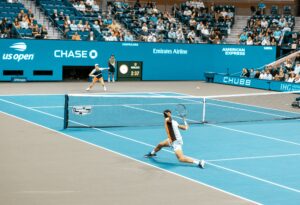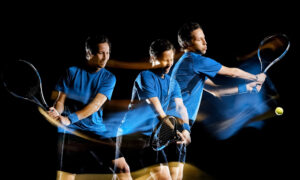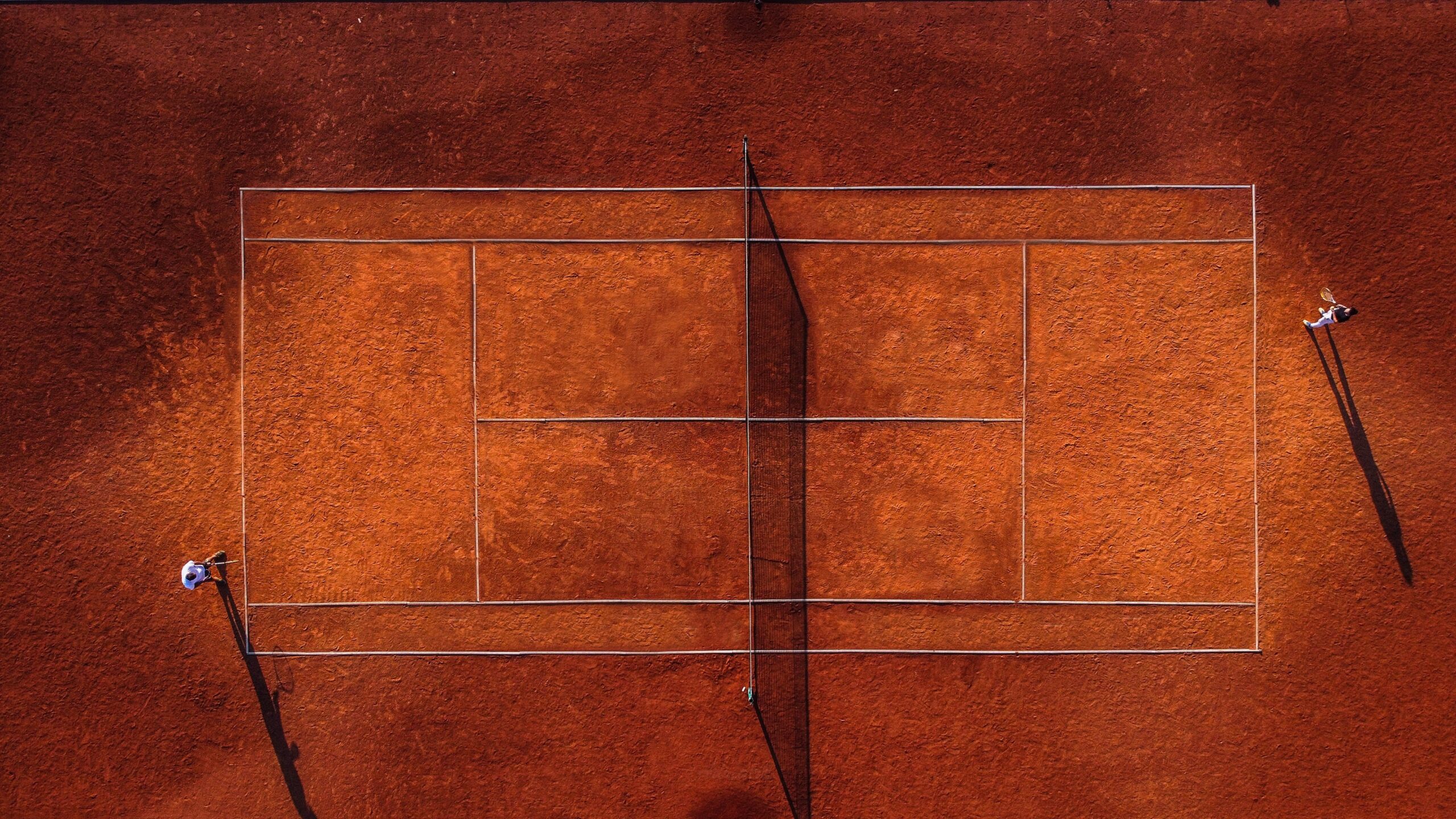
Tennis enthusiasts worldwide enjoy the sport for its fitness benefits, enjoyment, and competitive nature. However, players often overlook the impact of the court surface on their game. The type of surface affects factors such as ball speed, bounce, and overall playability. In this article, we will explore various tennis court surfaces to help you determine the best fit for your game, regardless of your gender.
Grass Courts
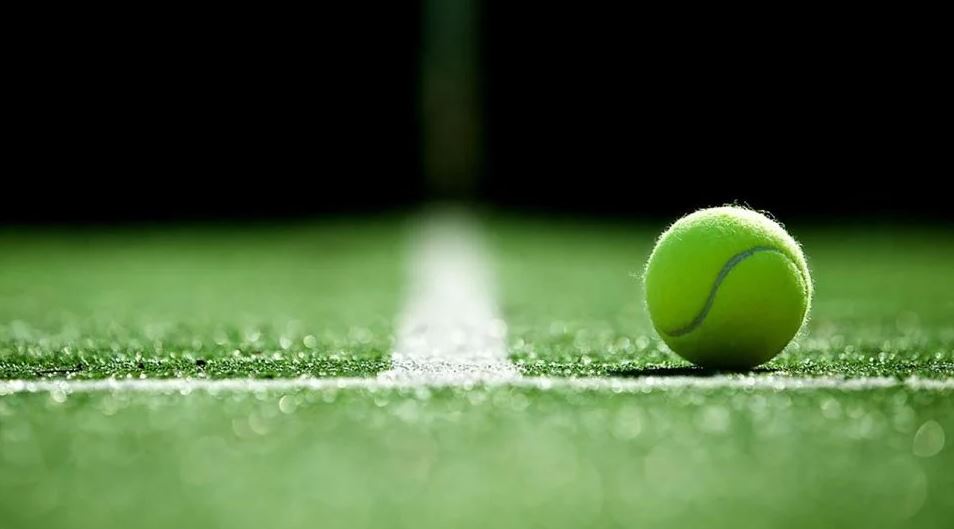
Grass courts, associated with the prestigious Wimbledon tournament, hold the distinction of being the oldest tennis court surface. They feature natural grass, resulting in a fast and low bounce. These courts present a unique challenge, favoring players who excel in serve-and-volley tactics. Due to the grass’s slippery nature, players need exceptional footwork and adaptability. Although less common, grass courts provide an exhilarating experience steeped in tradition.
You may like
- Fast-paced game with low bounce, favoring aggressive play and serve-and-volley tactics.
- Provides a unique and traditional tennis experience.
- The natural surface offers a softer impact on joints, reducing the risk of injuries.
- Maintaining grass courts can be relatively easy, requiring regular mowing, watering, and occasional reseeding.
You may not like
- Grass courts can be challenging to find, as they are less common compared to other surfaces.
- Maintenance can be labor-intensive and costly due to the need for regular care and reseeding.
- The surface can become slippery, requiring players to have excellent footwork and adaptability.
Clay Courts
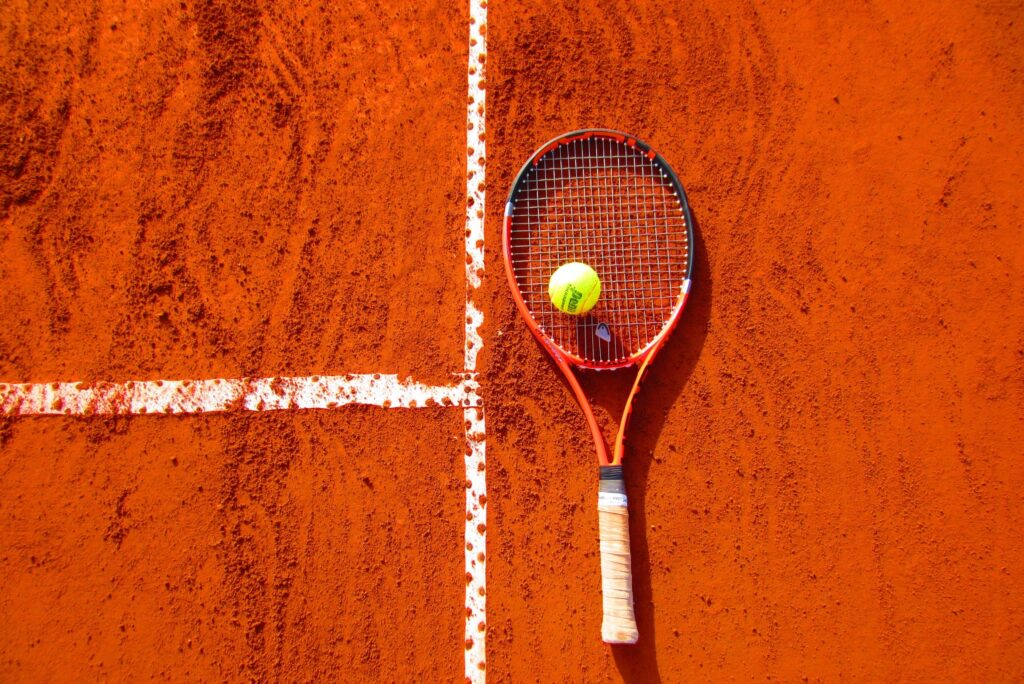
Clay courts, commonly found in Europe and South America, offer a slower game with a higher bounce. Composed of crushed brick, shale, or stone, clay surfaces provide excellent grip, enabling quick changes in direction and slides. Baseline players thrive on clay courts, relying on heavy topspin shots and engaging in extended rallies. Additionally, clay courts reduce the risk of injuries, benefiting both male and female players.
You may like
- Slower game with higher bounce, allowing for longer rallies and strategic play.
- Provides excellent grip, enabling players to slide and change directions quickly.
- Reduces stress on the body, making it easier on joints and reducing the risk of injuries.
- Clay courts are relatively common in Europe and South America.
You may not like
- The surface requires regular grooming, such as watering, rolling, and sweeping to maintain the proper consistency.
- Weather conditions, such as rain, can affect the playability of clay courts and extend maintenance time.
- Not as widely available as hard courts, especially in some regions of the world.
Hard Courts
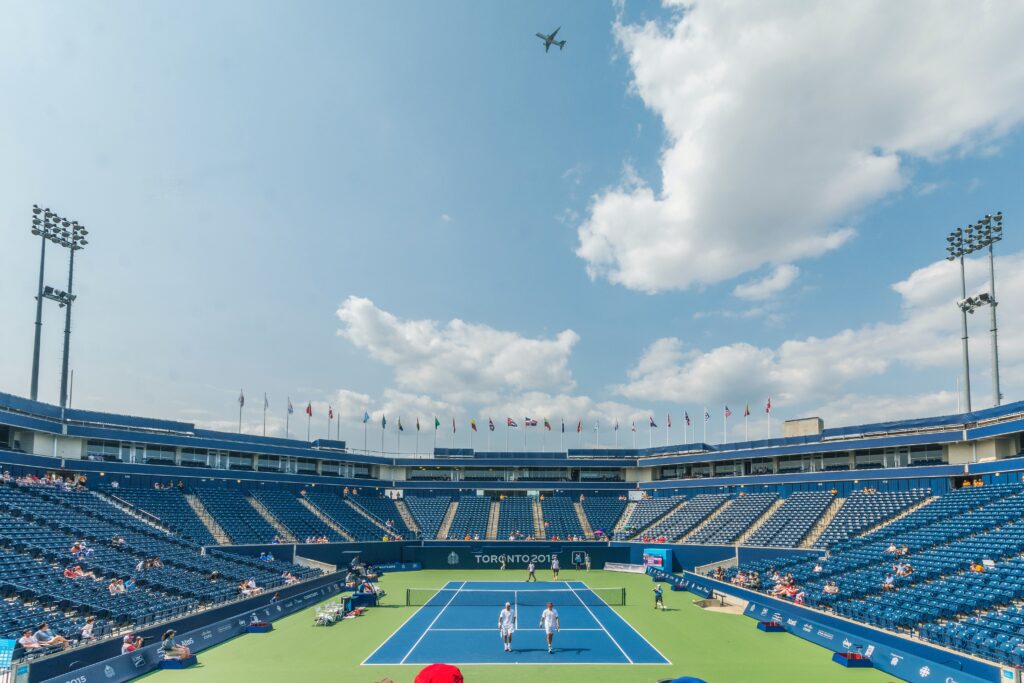
The most prevalent tennis court surface worldwide is the hard court, available in numerous tennis clubs and public facilities. Typically made of asphalt or concrete with an acrylic surface, hard courts offer a medium-paced game with a consistent bounce. Players of all styles can excel on hard courts, as they allow for a wide range of shots. Notably, major tournaments like the US Open and the Australian Open are played on hard courts. Their balance of speed and grip makes them versatile and appealing to players globally.
You may like
- Versatile surface suitable for various playing styles.
- Offers a consistent and medium-paced game with a predictable bounce.
- Requires minimal maintenance compared to grass or clay courts.
- Hard courts are widely available and can be found in numerous tennis clubs and public facilities worldwide.
You may not like
- Hard courts can be harder on the joints, as the surface is less forgiving than grass or clay.
- The speed of the game can vary depending on the court’s composition, with some courts being faster or slower than others.
- Outdoor hard courts may require periodic resurfacing to maintain their quality.
Carpet Courts
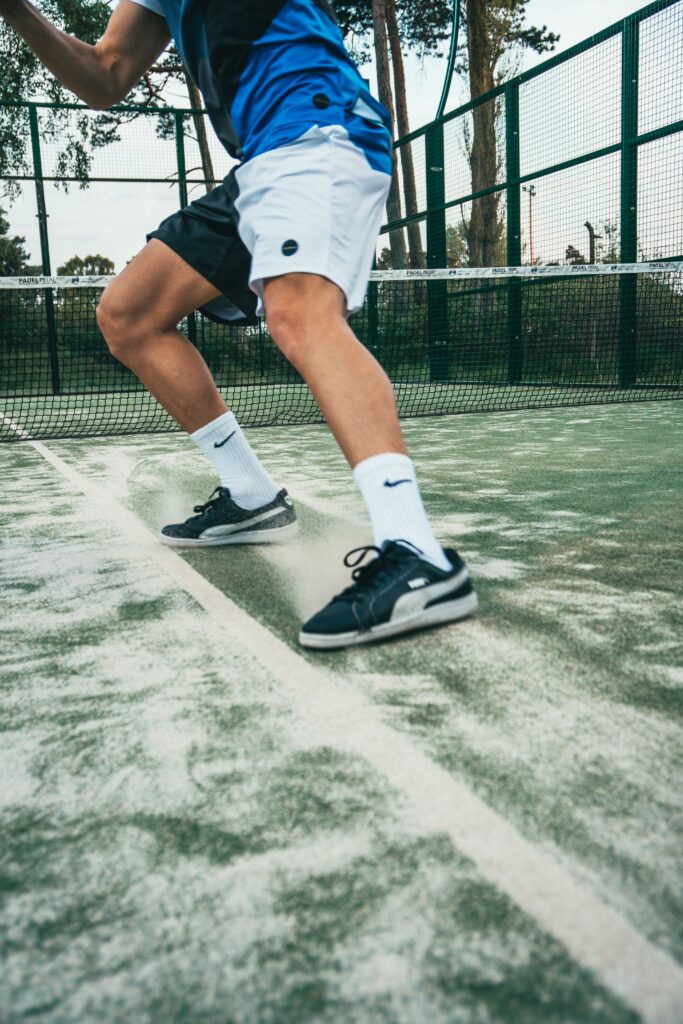
While less common today, carpet courts possess distinctive characteristics. They consist of synthetic materials or woven textiles, providing a fast-paced game with a low bounce. Carpet courts’ speed may vary, but they favor aggressive players who can exploit quickness and flat ball bounces. Although carpet courts are no longer prevalent in professional tournaments, certain indoor tennis facilities still feature them.
You may like
- Provides a fast-paced game with a low bounce, favoring aggressive and flat-hitting players.
- Offers good indoor playing conditions, providing protection against weather elements.
- Requires relatively low maintenance compared to grass or clay courts.
- Carpet courts can be found in certain indoor tennis facilities.
You may not like
- The availability of carpet courts can be limited, as they are less common in modern tennis facilities.
- The speed and consistency of the surface may vary depending on the type of carpet used.
- The surface can be more demanding on the body, as it lacks the cushioning and forgiveness of other surfaces.
So, which tennis court surface suits you best? The answer depends on your playing style, personal preferences, and desired game type. If you thrive on a fast-paced game and excel in serve-and-volley tactics, grass or carpet courts may be your preferred choice. On the other hand, if extended rallies, sliding, and heavy topspin shots excite you, clay courts are an excellent option. For a versatile surface enabling adaptation to various opponents, hard courts are the way to go.
It’s important to note that adapting to different court surfaces enhances your overall game and makes you a well-rounded player. Embracing diverse surfaces challenges and expands your tennis experience. Therefore, consider exploring different court types to push your limits and elevate your skills.

